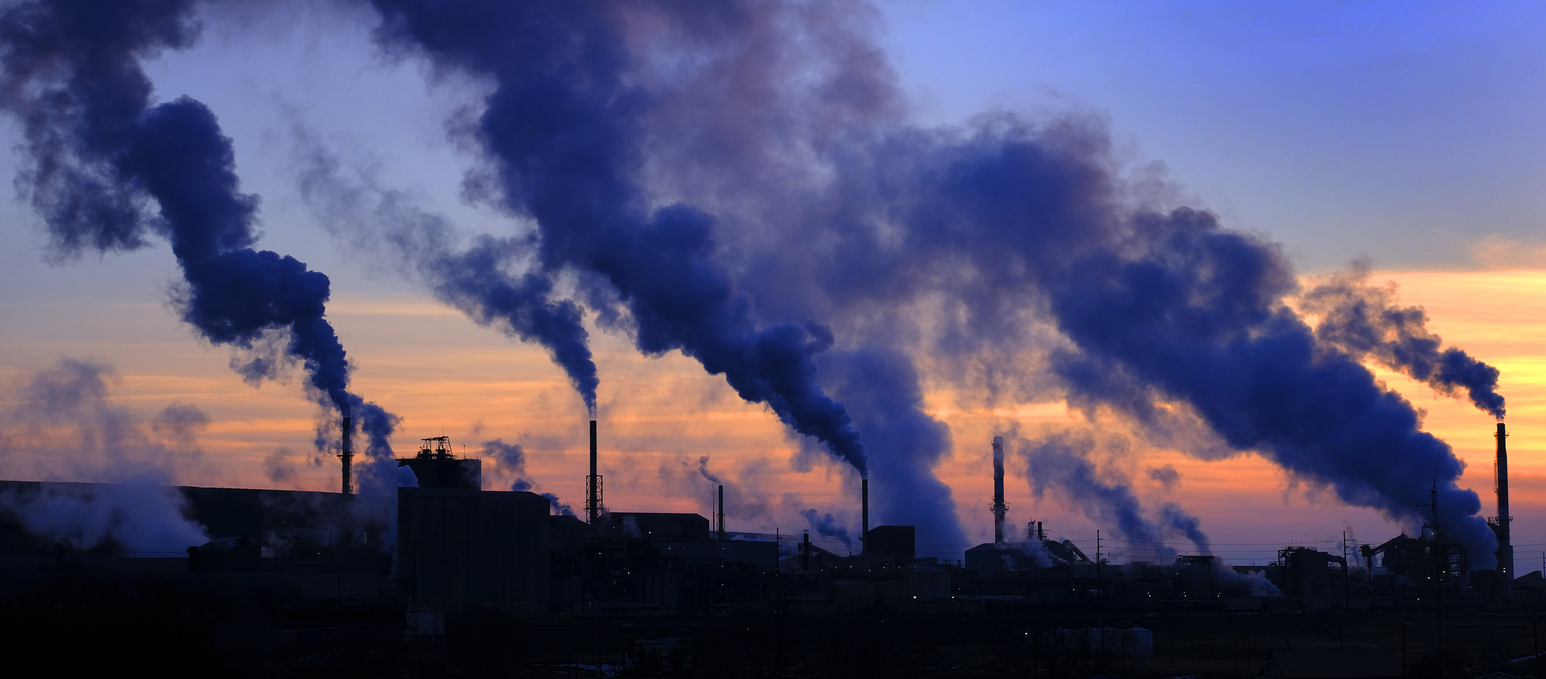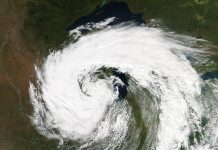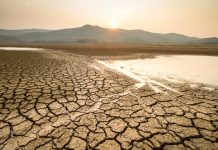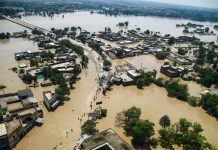July 2023 has seen extreme heat events sweeping North America, Europe and China. Researchers point to the need for ending burning fossil fuels and heat action plans across affected cities
Heatwaves are amongst the deadliest natural hazards, with thousands of people dying from heat-related causes each year. Vulnerability to heatwaves is exacerbated by factors such as climate change, ageing populations, and urbanisation.
Heatwaves pose significant threats to human health, leading to thousands of heat-related deaths each year.
However, the true extent of their impact often remains unknown until weeks or months later, as many deaths are misattributed to other causes or go uncounted. Most countries lack efficient record-keeping of heat-related deaths, making currently available global mortality figures likely underestimated.
Past climate projections and IPCC reports have noted that these extreme heat events are no longer going to be rare anymore, as global warming has been exacerbated for too long by human activity and burning fossil fuels.
Without human induced climate change these heat events would have been extremely rare
Heatwaves have now been predicted to be expected approximately once every 15 years in the US/Mexico region, once every 10 years in Southern Europe, and once in 5 years for China.
The report has established a clear correlation between extreme heat and increased mortality rates across various regions, including Europe, North America, China.
In all the regions a heatwave of the same likelihood as the one observed today would have been significantly cooler in a world without climate change. Similar to previous studies we found that the heatwaves defined above are 2.5°C warmer in Southern Europe, 2°C warmer in North America and about 1°C in China in today’s climate than they would have been if it was not for human-induced climate change.
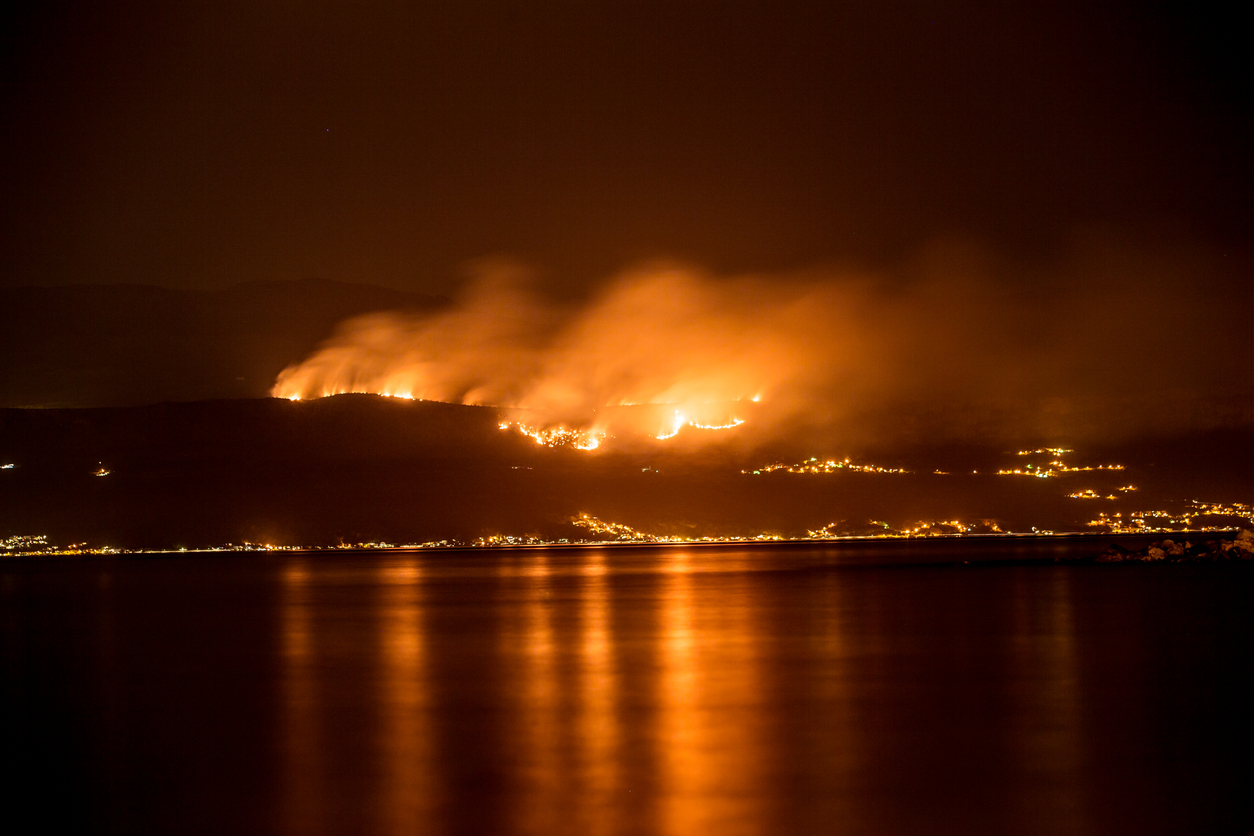
Unless the world rapidly stops burning fossil fuels, these events will become even more common and the world will experience heatwaves that are even hotter and longer-lasting. A heatwave like the recent ones would occur every 2-5 years in a world that is 2°C warmer than the preindustrial climate.
Study co-author Friederike Otto, a climate scientist at Imperial College London, said: “Even if we stop burning fossil fuels today, temperatures will not go down. They will just stop getting even higher. And so the heatwaves we are seeing now, we definitely have to live with that.”
“The heatwaves we are seeing now, we definitely have to live with that.”
Enhancing resilience in cities and climate-affected communities
Addressing the urban heat island (UHI) effect is vital for enhancing resilience in cities.
Urban areas experience higher temperatures compared to rural surroundings due to the UHI effect. The role of Chief Heat Officers (CHOs) in coordinating heat action plans has been crucial in cities like Athens, Miami-Dade, Phoenix, and Los Angeles.
These cities have implemented measures such as opening cooling centres, updating climate action plans, and developing green infrastructure projects to combat heat-related challenges.
Fortunately, evidence shows that heat action plans implemented in some regions have been effective in reducing heat-related health impacts and saving lives. Cities can adopt passive cooling strategies, like passive solar shade, insulation, and natural ventilation, to reduce energy demand and costs during heatwaves.
Investing in green spaces and increasing tree cover has shown promising results in cooling urban centres and mitigating the UHI effect.

Governments need to step up and end burning fossil fuels
Governments can play a crucial role in mitigating the impact of heatwaves by instituting comprehensive heat health action plans.
These plans should include measures like regularly checking on vulnerable populations, ensuring access to cooling devices like air conditioners and fans, and strengthening electrical grids to cope with increased demand during heatwaves.
Health services must also be prepared to handle an influx of heat-related cases during extreme weather events. Fast-track access to emergency rooms for heat stroke patients and other relevant protocols can make a significant difference in saving lives during heatwaves.
Governments and cities must work together to implement comprehensive strategies to protect their populations during extreme heat events.
Editor's Recommended Articles
-
Must Read >> A look at Carbon Zero Cities


